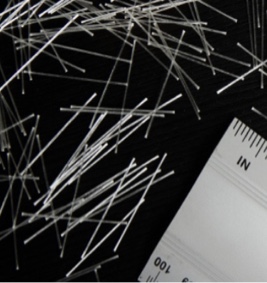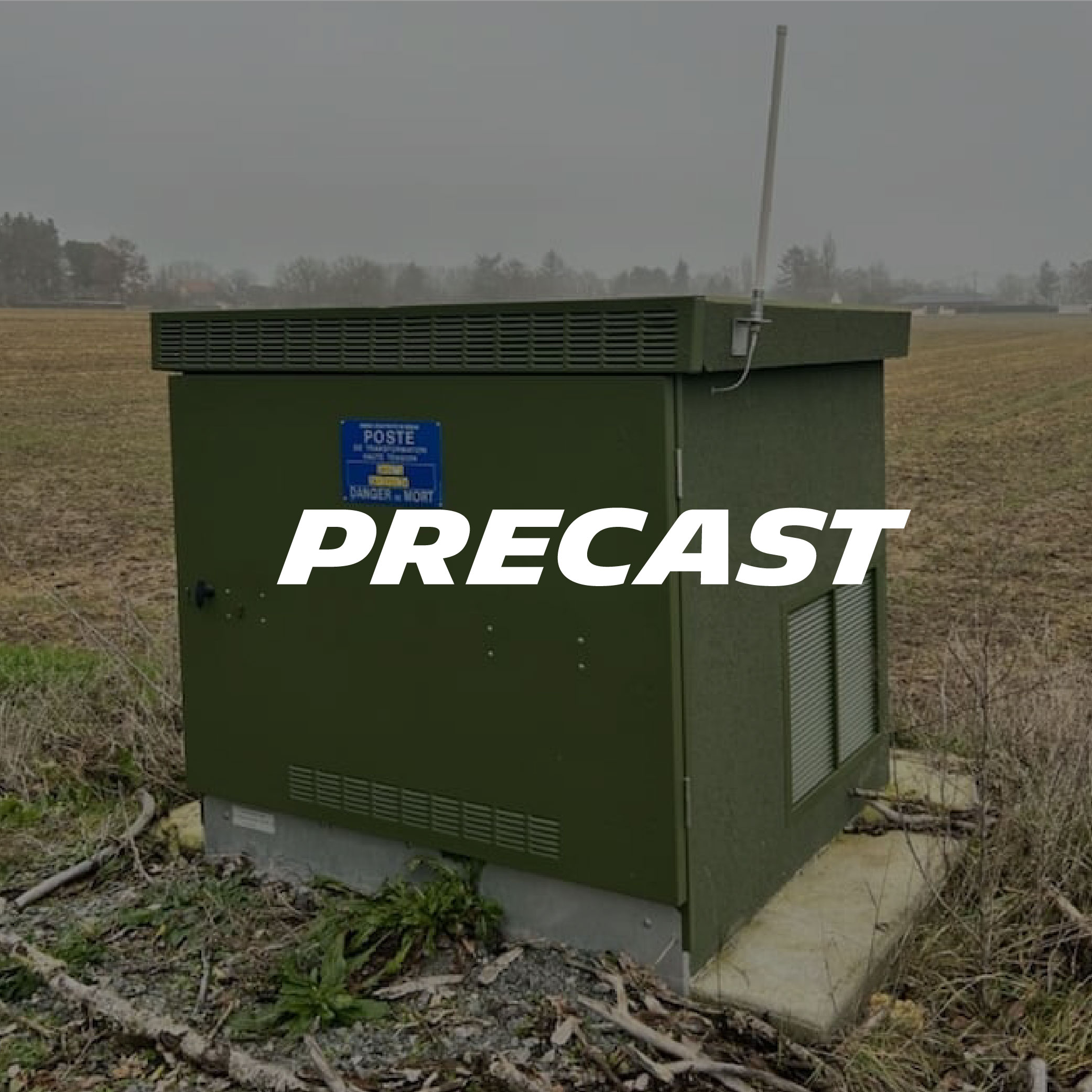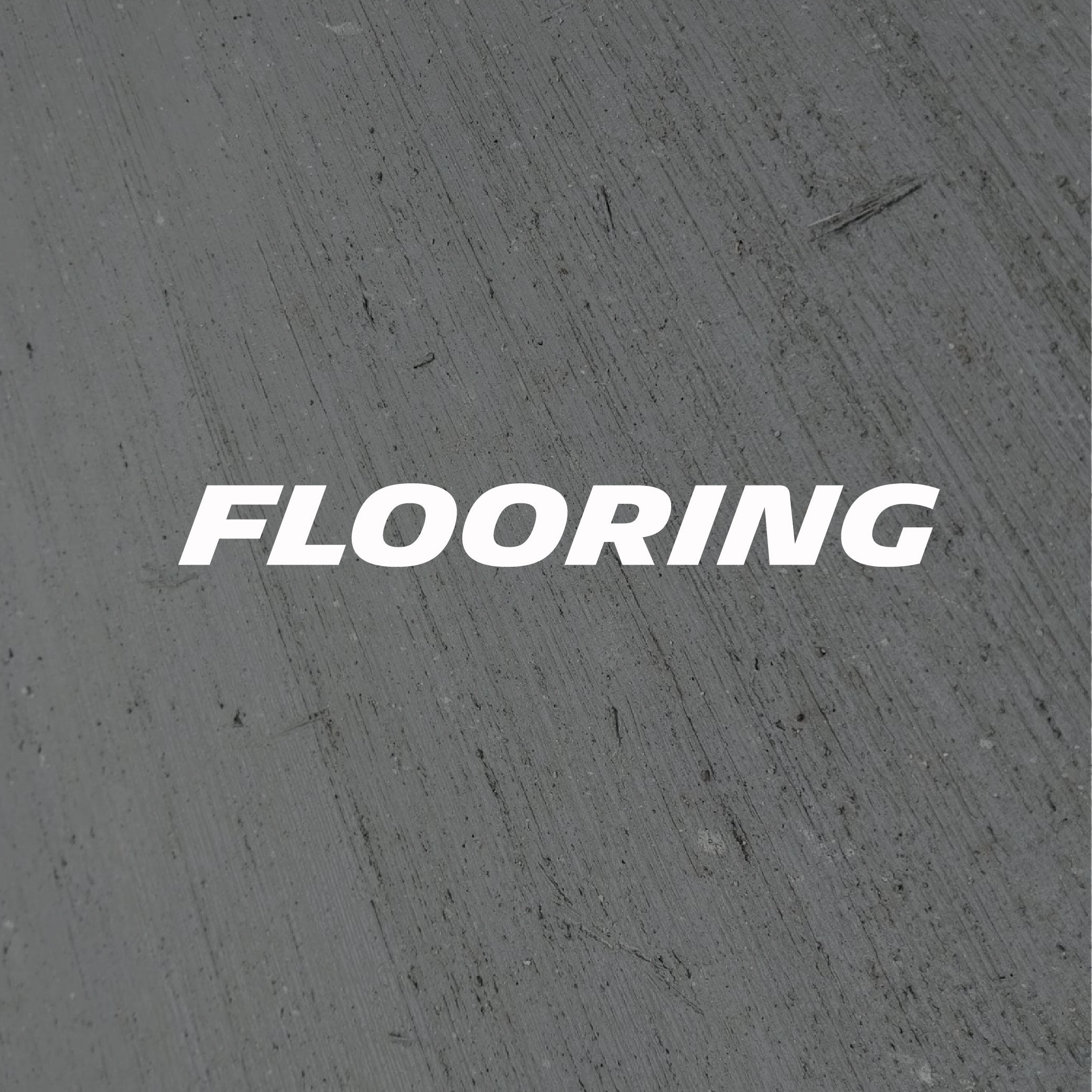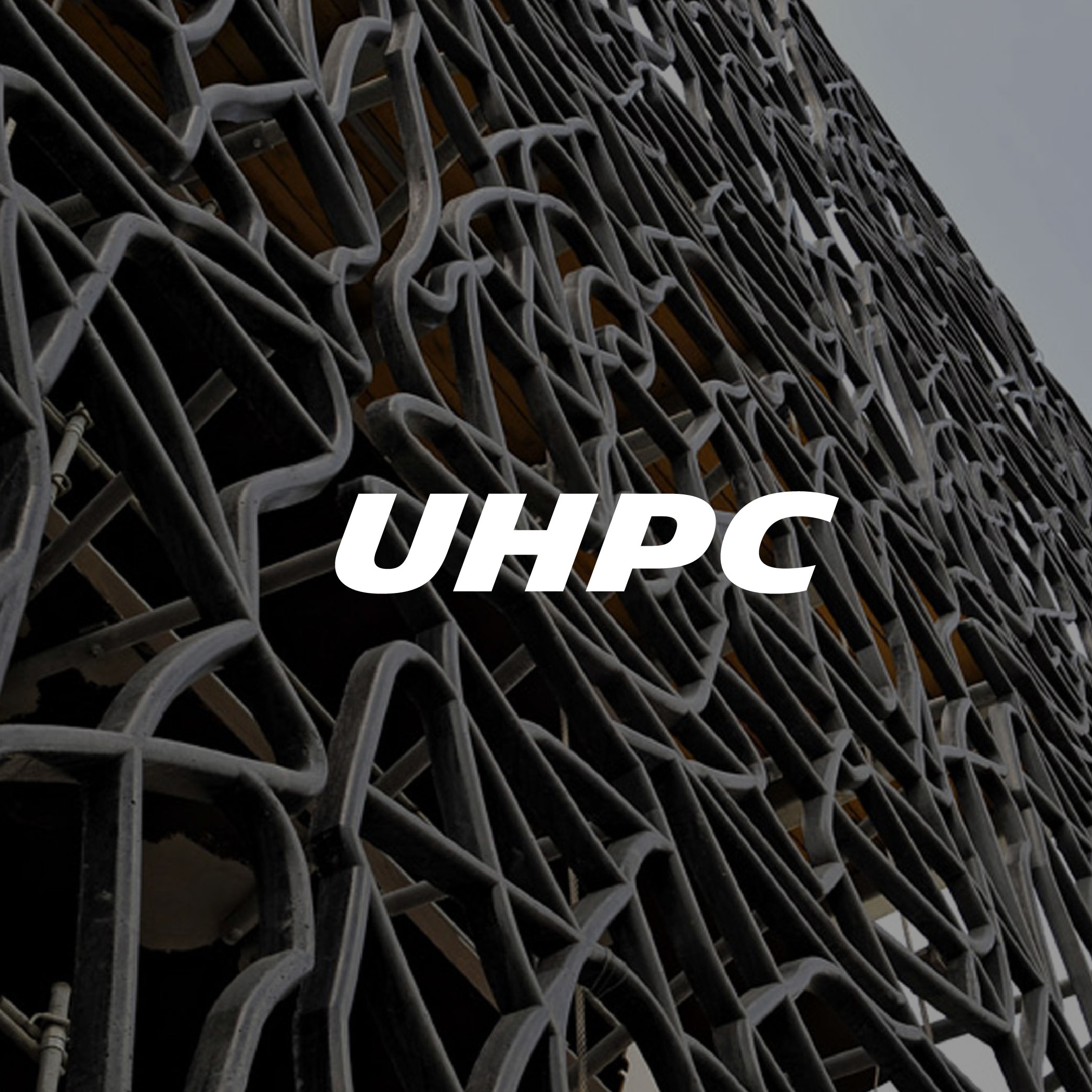What is fiber-reinforced concrete, and what are the advantages of using fibers?
Fiber-reinforced concrete is a composite material combining a matrix (concrete) and a reinforcement (fibers).
Fibers can be used to completely or partially replace conventional reinforcement in an efficient and homogeneous manner.
By using these hybrid solutions, 30 to 40% of reinforcement can be eliminated, saving up to 20%CO2 on the carbon footprint of a concrete element.
In the case of UHPC, for example, it is even possible to eliminate 100% of reinforcement.
Fibers play a key role in controlling cracking and absorbing forces.
They give concrete properties and technical and mechanical characteristics linked to their nature and shape.

Why use Michelin AraNea Composite fibers ?

From a mechanical point of view, Michelin AraNea Composite fibers improve the tensile and flexural behavior of fiber-reinforced concrete products. Being chemically inert, these fibers do not corrode or react with aggressive agents such as carbon dioxide, chlorides, sulfates, sulfides and others. As a result, they are particularly effective in chemically aggressive environments, helping to increase the durability of concrete. The lightness of composite fibers offers an excellent compromise between high performance, particularly in terms of tensile strength, and reduced structural weight. Their density is comparable to that of concrete, ensuring homogeneous mixing with no risk of segregation. As a result, fibers are better distributed, reducing the risk of cracking in fiber-reinforced concrete products. What's more, this homogeneity ensures a neat surface finish, with the fibers remaining well integrated and not protruding.
Translated with DeepL.com (free version) Replacing steel reinforcement with AraNea Composite fibers means considerable savings in raw materials, notably by reducing the thickness of the concrete cover.




